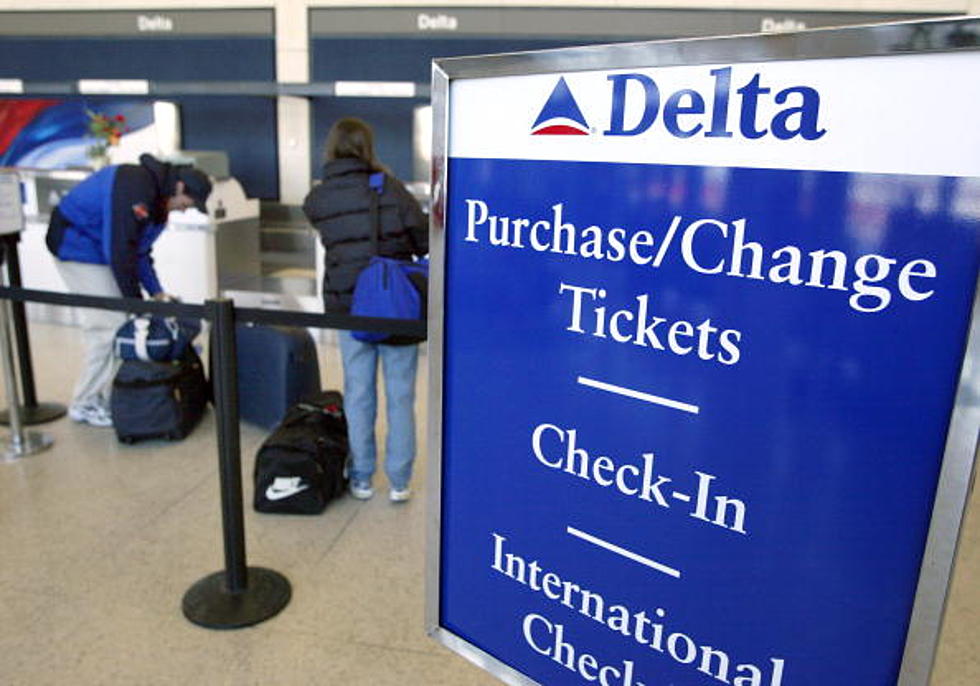
Missing Plane Denied Permission Fly Above Storm
SURABAYA, Indonesia (AP) -- The plane sought permission to climb above threatening clouds. Air traffic control couldn't say yes immediately - there was no room. Six other commercial airliners were crowding the surrounding airspace, forcing AirAsia Flight 8501 to remain at a lower altitude.
Minutes later, the jet carrying 162 people was gone from the radar. No distress signal was issued. It is believed to have crashed into Indonesia's Java Sea on Sunday morning, but exactly what happened - and whether the plane's flight path played any role - won't be determined until after the aircraft is found.
Broad aerial surveys on Monday spotted two oily patches and objects in separate locations, but it's unknown whether any of it is related to the missing Airbus A320-200.
The plane left Surabaya, Indonesia, but vanished halfway into what should have been a two-hour hop to Singapore. Officials on Monday saw little reason to believe the flight met anything but a grim fate.
"Based on the coordinates that we know, the evaluation would be that any estimated crash position is in the sea, and that the hypothesis is the plane is at the bottom of the sea," Indonesia search and rescue chief Henry Bambang Soelistyo said. Search officials did, however, plan to expand their search efforts onto land on Tuesday.
The last communication from the cockpit to air traffic control was a request by one of the pilots to increase altitude from 32,000 feet (9,754 meters) to 38,000 feet (11,582 meters) because of the rough weather. The tower was not able to immediately comply because of the other planes, said Bambang Tjahjono, director of the state-owned company in charge of air-traffic control.
Sarjono Joni, a former pilot with a state-run Indonesian carrier, said the usual course of action when planes run into rough weather is to veer either left or right. A request to climb would most likely come if the plane was experiencing heavy turbulence or otherwise causing serious passenger discomfort, he said.
He added that heavy traffic is not unusual for any given airspace.
The twin-engine, single-aisle plane was last seen on radar four minutes after the final communication from the cockpit.
Search and rescue crews were looking for the plane with at least 15 ships, seven aircraft and four helicopters, national search and rescue spokesman Jusuf Latif said. Most are Indonesian but Singapore, Malaysia and Australia have contributed planes, and a ship and aircraft from Thailand were awaiting clearance from Indonesia's Foreign Ministry.
Those numbers do not include Indonesian warships taking part in the search. Many fishermen from Belitung island also have joined in, and all vessels in that area of the sea have been alerted to be on the lookout for anything that could be linked to the plane.
More From KROC-AM









